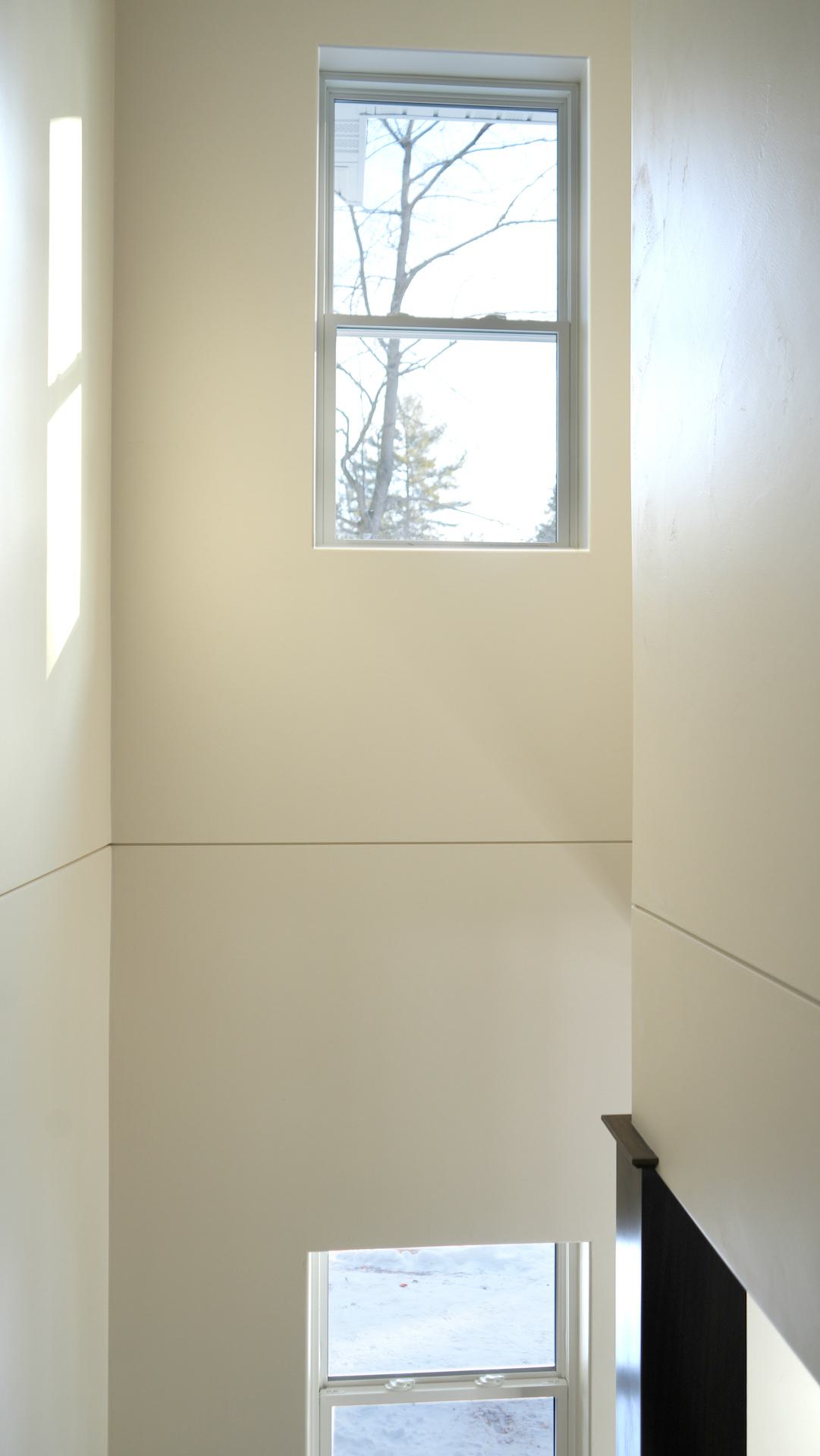If you already know a thing or two about expansion beads, you’ve probably only ever heard about or used them in commercial construction. That’s because, well, you have to use expansion beads in commercial construction, as required by most building codes, when your wall partition runs unbroken for at least 30 feet. But, code requirement or no code requirement, movement in drywall causes cracks (or worse) in all kinds of structures, including single-family homes, and installing expansion beads can prevent many of them. Here’s when and where to use expansion beads in residential construction.
Expansion Beads in Residential Construction

What’s an expansion bead?
As a structure’s framing moves slightly over time, the drywall needs to move along with it, or else the stress of all that movement will cause it to crack in places. In a short wall partition, the drywall has some wiggle room. But the longer the wall or ceiling spans, the less the drywall is able to move, and the more likely cracks are to occur. When you install an expansion bead with a flexible center in strategic areas (called “control joints”) along those long walls or ceilings, it eases the stress and allows the drywall some controlled movement to expand and contract along with the framing.
Many manufacturers make a version of an expansion bead, but when given the option, just about any pro drywaller will choose Trim-Tex’s 093V Expansion for a few major reasons. First, the high-quality vinyl materials are just unbeatable when it comes to flexibility, allowing up to ⅜” controlled movement for the lifetime of the structure. Secondly, there’s the famous tear-off strips protecting the flexible center “V” from any mud spilling onto it that could threaten its elasticity. And third, there’s the options: aside from the flagship 093V Expansion, we offer the subtler Hideaway Expansion and the Fire Rated 093V Expansion.

Now, when it comes to residential construction, the biggest reason expansion beads are avoided (other than ignorance of their existence) is purely aesthetic. Yet, as pro drywaller Myron Ferguson points out, the benefits of this compromise may outweigh the risks:
“The primary concern with expansion beads in the residential setting is the visible line they create across a section of ceiling, on a stairway wall or up a wall,” says Ferguson. “However, the line created by expansion bead is a clean straight line that looks much nicer than a ridged or cracked seam.”
Use expansion beads in large, continuous residential spaces (garages, open-concept floorplans, etc.)
As with commercial construction, if you have a large expanse of drywall that goes unbroken for up to 30 feet, it’s recommended you protect your finish with an expansion bead.
Most often, you’re going to find these massive spaces in areas like garages. In one recent home we worked on (pictured above), we had a huge garage that the owners wanted to take pride in — not just use as a glorified storage facility no one would ever see. The owners were additionally concerned about fire safety.
So, we installed two lengths of 093X-V Fire Rated Expansion, running horizontally and vertically along the ceiling. With this bead, we were able to protect against structural movement and protect against the spread of fire and smoke (using zero additional backing materials) all in one solution. Learn more about how fire rated expansions work here.
Use expansion beads in transitional areas (staircases, gable end walls, etc.)
Maybe your home or your next job doesn’t have any 30-foot stretches of unbroken drywall. But these aren’t the only kinds of areas vulnerable to the stresses of expansion. Anywhere there’s excessive structural expansion and contraction, you should consider installing an expansion bead.
For instance, if you’re living in an area with a lot of seismic activity, much shorter runs could still be at risk. But, for most folks, we’re talking about areas where there are transitions in the framing. See the photos above — in this home, we used 093V Expansion where the framing transitioned into a stairway to protect this crack-prone area.

“Many times over the years,” says Ferguson, “I have been in someone’s house either visiting or giving an estimate for work and notice a bump in a large ceiling or on the walls going up to the second story. The homeowner may even point these out to me while stating the drywaller didn’t do a good job. These ceilings and walls are often large, over 20 feet long. An expansion joint is recommended for ceilings and walls every 30 feet, but I have found that there can be problems on shorter spans if there is excessive structural expansion and contraction.”
Want to get a look at an expansion bead for yourself? Hit the button below to request a free sample!






















